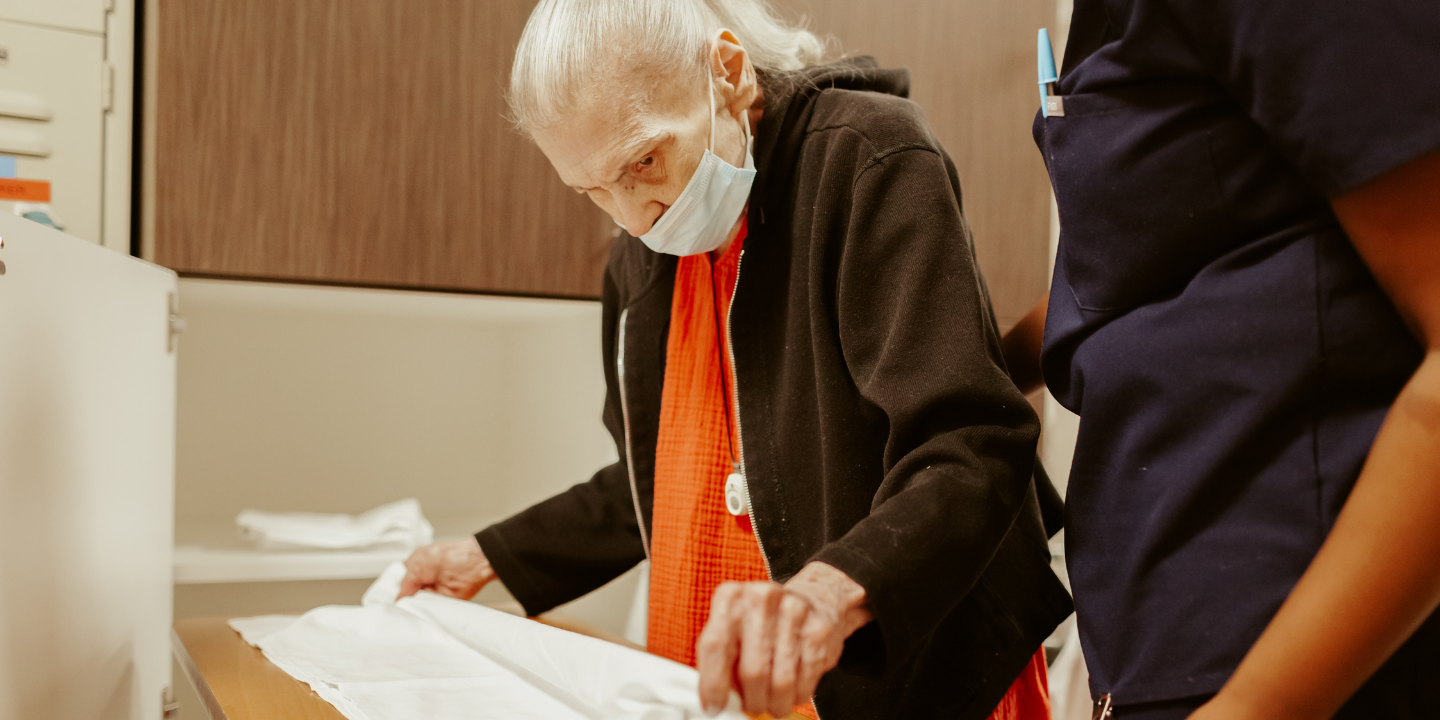Aging in place allows seniors to continue living in their own homes as they age, maintaining their routines, connections, and sense of independence. Supporting senior independence offers numerous benefits, from the emotional comfort of staying in a familiar setting to the empowerment of making daily decisions independently.
Seniors who remain in their homes often enjoy stronger ties to their community, preventing the isolation that can accompany aging. Tips for aging in place include careful preparation, a focus on health, and a strong network of support from family, caregivers, and community resources.
Tips for Seniors to Age in Place Safely and Successfully
Creating a safe living environment is the first step toward aging in place. Simple modifications, such as removing loose rugs, decluttering, and adding grab bars in bathrooms, can reduce fall risks and enhance overall safety. Adequate lighting throughout the home, especially in hallways and stairwells, can prevent accidents and make navigation easier. These changes may seem small, but they have a significant impact on daily safety and comfort.
Health and wellness are also essential components of aging in place. Seniors should prioritize regular medical check-ups, maintain an active lifestyle, and follow a nutritious diet to promote overall well-being. Engaging in cognitive activities like puzzles, reading, or learning new skills can also help keep the mind sharp and reduce the risk of cognitive decline. Physical activity, even light exercises like stretching or walking, improves mobility, balance, and strength, making it easier to remain independent.
Technology can play a valuable role in supporting aging in place. Devices like medical alert systems or wearable monitors provide peace of mind by ensuring help is available in emergencies. Smart home tools, such as voice-activated assistants or automatic lighting, can make daily tasks more manageable. Additionally, communication apps can help seniors stay connected to family and friends, reducing loneliness and making it easier for caregivers to check-in.
Hiring someone to help with daily tasks like housekeeping, grocery shopping, or meal preparation can put a bit more ease into the day, while in-home care services can provide personalized support while allowing seniors to maintain their independence. Community resources, such as senior centers or local support groups, can also offer valuable assistance and social opportunities.
Tips for Caregivers Supporting Seniors Aging in Place
Caregivers play a crucial role in helping seniors maintain independence while aging in place. It’s important to allow seniors to make their own decisions whenever possible. Instead of taking over tasks, caregivers should focus on enabling seniors to accomplish them with support, which encourages a sense of confidence and control.
Monitoring for signs of declining health is another key responsibility for caregivers. Changes in physical or cognitive health can impact a senior’s ability to live safely at home, so regular communication with medical professionals is essential. Additionally, caregivers should stay connected with seniors emotionally, providing companionship and helping them maintain social ties. Whether through visits, phone calls, or encouraging participation in hobbies, these efforts can prevent isolation and enhance quality of life.
How the Methodist Home Supports Aging in Place
We are committed to helping short term rehabilitation patients regain strength to return home following injury, illness, or surgery. Our interdisciplinary team focuses on improving functional independence and preparing seniors for a successful return home.
For those who need ongoing support, our outpatient therapy services provide continued care and guidance, enabling seniors to maintain their progress and independence.
If you or a loved one needs help regaining strength to continue aging in place safely at home, we are here to help.

